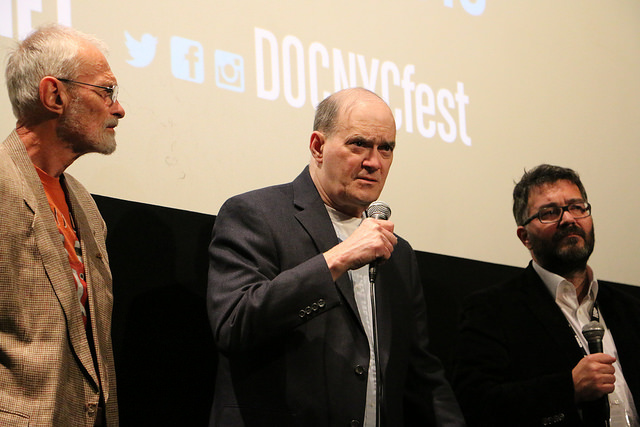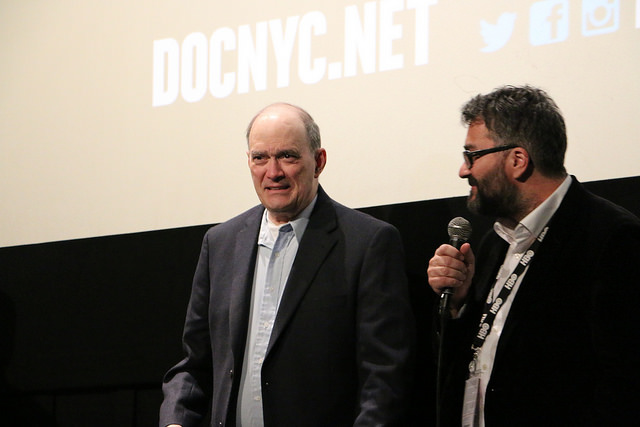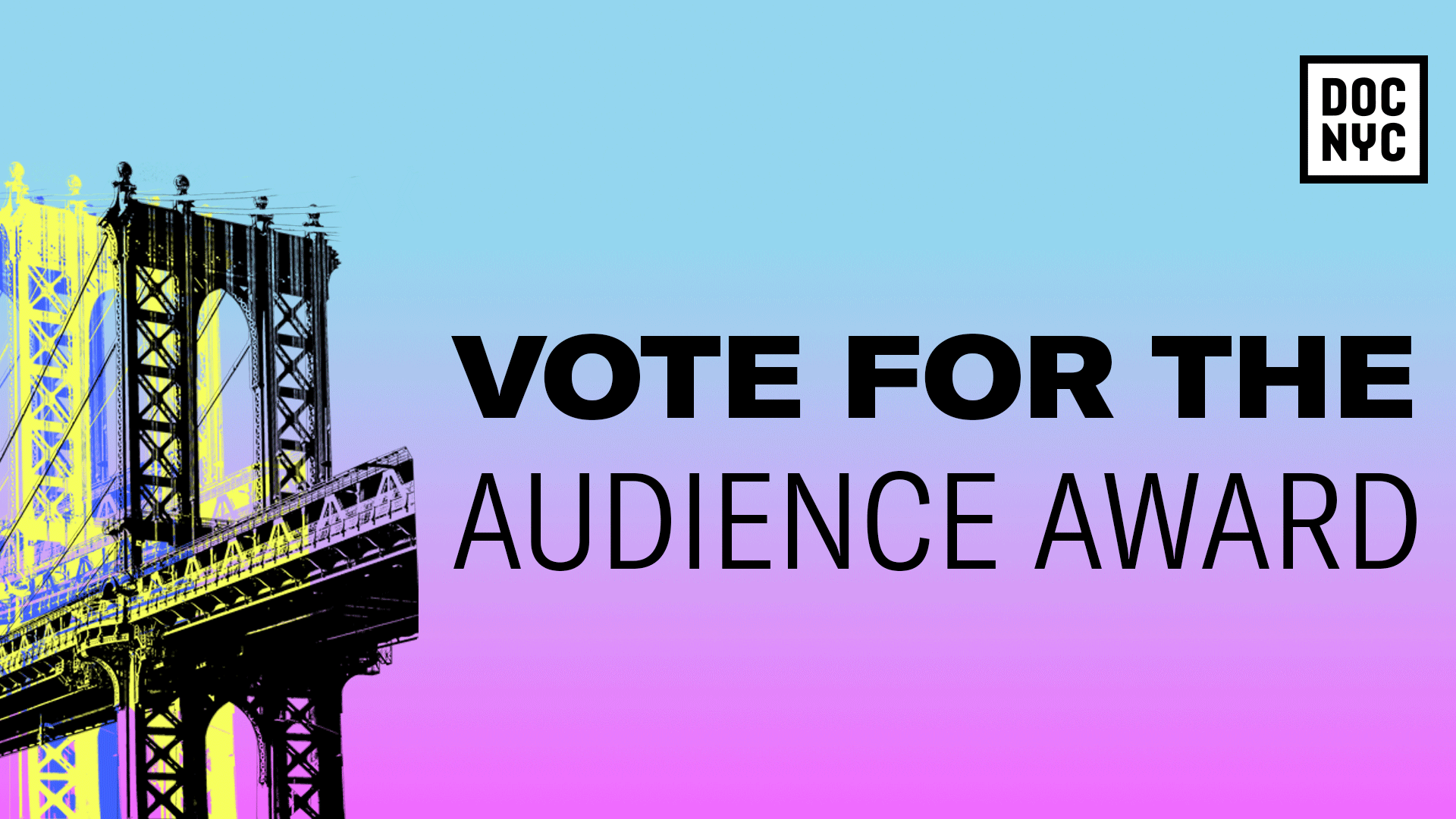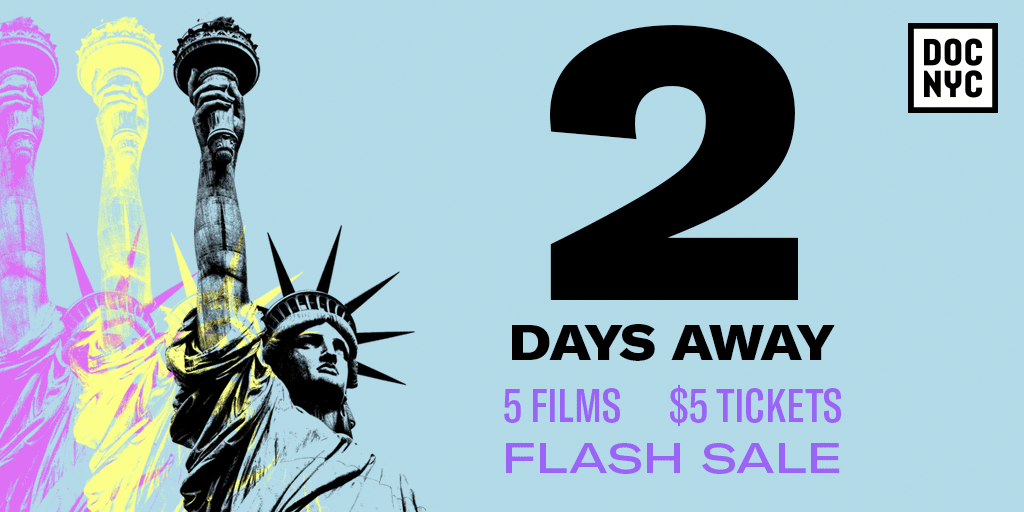Taking a Hard Look at the True Cost of National Security 'A Good American' tells a chilling tale of government corruption and neglect


Written by Laura Dattaro
A Good American is a difficult film to watch in New York City. A chronicle of a revoluationary security program that may have been able to prevent the September 11 terrorist attacks, the documentary is rife with emotional footage, from the audio of a voicemail left by a passenger on one of the hijacked planes to shots of the towers collapsing taken from a TV news helicopter.
But the film, which had its North American premiere at DOCNYC on Sunday, may be as important as it is dificult. The central figure of the movie–the titular Good American–is William Binney, an analyst who resigned from the National Security Agency in disgust after he saw his own work turned against American citizens. Through interviews with Binney and those who worked closely with him, director Friedrich Moser paints a tale of an agency more concerned with profits and its own reputation than with its directive to protect the American people.
By all accounts, Binney was one of the agency’s top analysts, a brilliant math lover who solved problems others didn’t even know existed. “I couldn’t understand why everyone else couldn’t see what I saw,” Binney says, reflecting on his early years with the agency. Instead of looking at individual communications, Binney developed systems to look for patterns that revealed the structures of enemy organizations, patterns that he says led him to predict attacks like the Tet Offensive months in advance.
As the digital age swept the globe, Binney applied these tactics to the vast amounts of new communications data the NSA began to take in. He started a program known as ThinThread, capable of monitoring every individual who left any kind of digital footprint–a phone call, an email, a credit card swipe. Concerned about privacy, he embedded protections that obscured the identities of innocent individuals. He had the program ready to run in 2000.
But all along the way, according to the film, Binney and his team were road-blocked by obstinate agency heads who wanted to secure contracts with private companies in order to bring in more money. Using ThinThread afer Sept. 11, Binney’s team discovered that the NSA’s data contained evidence that would have prevented the attacks, but agency programs had failed to uncover it. “Fundamentally, they’re criminals,” Binney said of the higher-ups who blocked his program at a discussion after the screening. “They belong in jail.” (The film notes that Moser attempted to reach these officials for comment, with no response.)
Parts of the ThinThread story have already been told, particularly in the wake of Edward Snowden’s 2013 leak on domestic surveillance. A Good American is perhaps the first film to tell the tale in its entirety, including important historical context dating back to the 1960s. Moser, who is Austrian, said his outsider perspective may have helped him to tell such an American story. But he also hopes his film might make a difference that could protect citizens everywhere. Technology like ThinThread could protentially have prevented the recent attacks in Paris, Moser said, as well as many other terrorist attacks in recent years. “It’s not just 9/11.”
Laura Dattaro is a freelance journalist in New York and has written for the Columbia Journalism Review, symmetry magazine, and others. Follow her on Twitter at @ldattaro.




